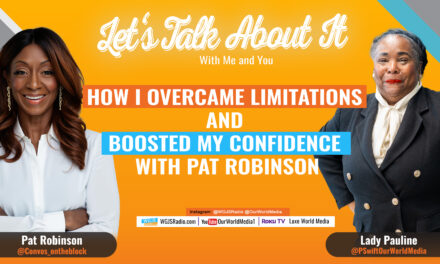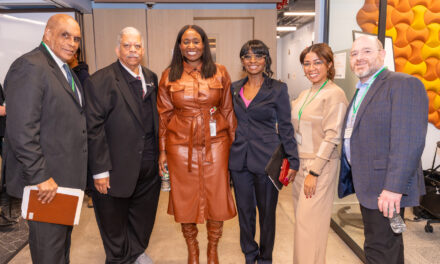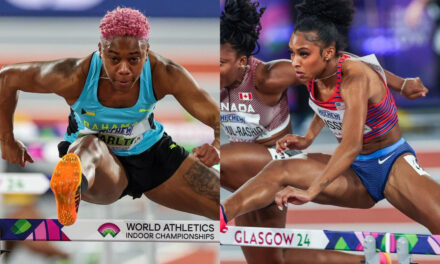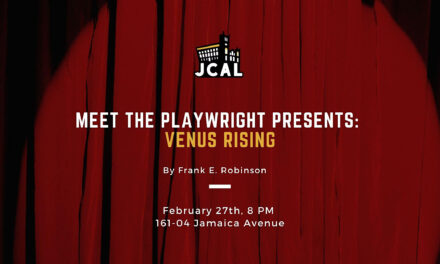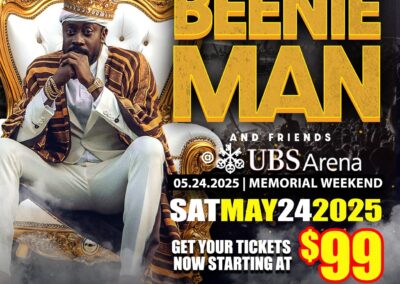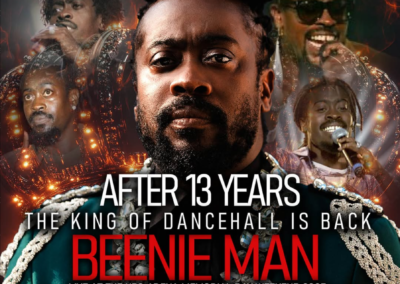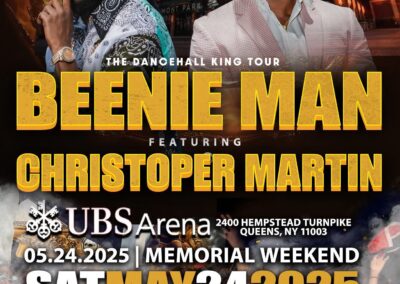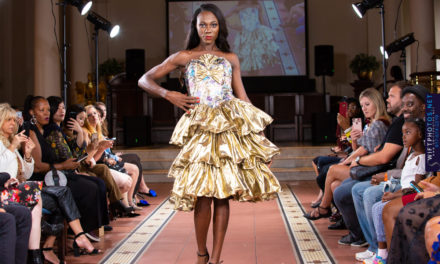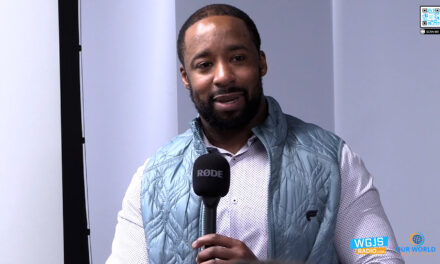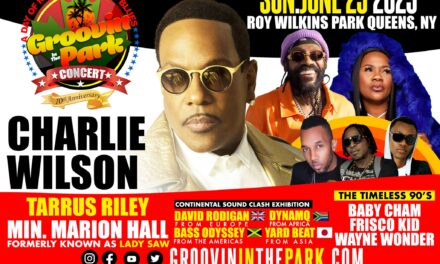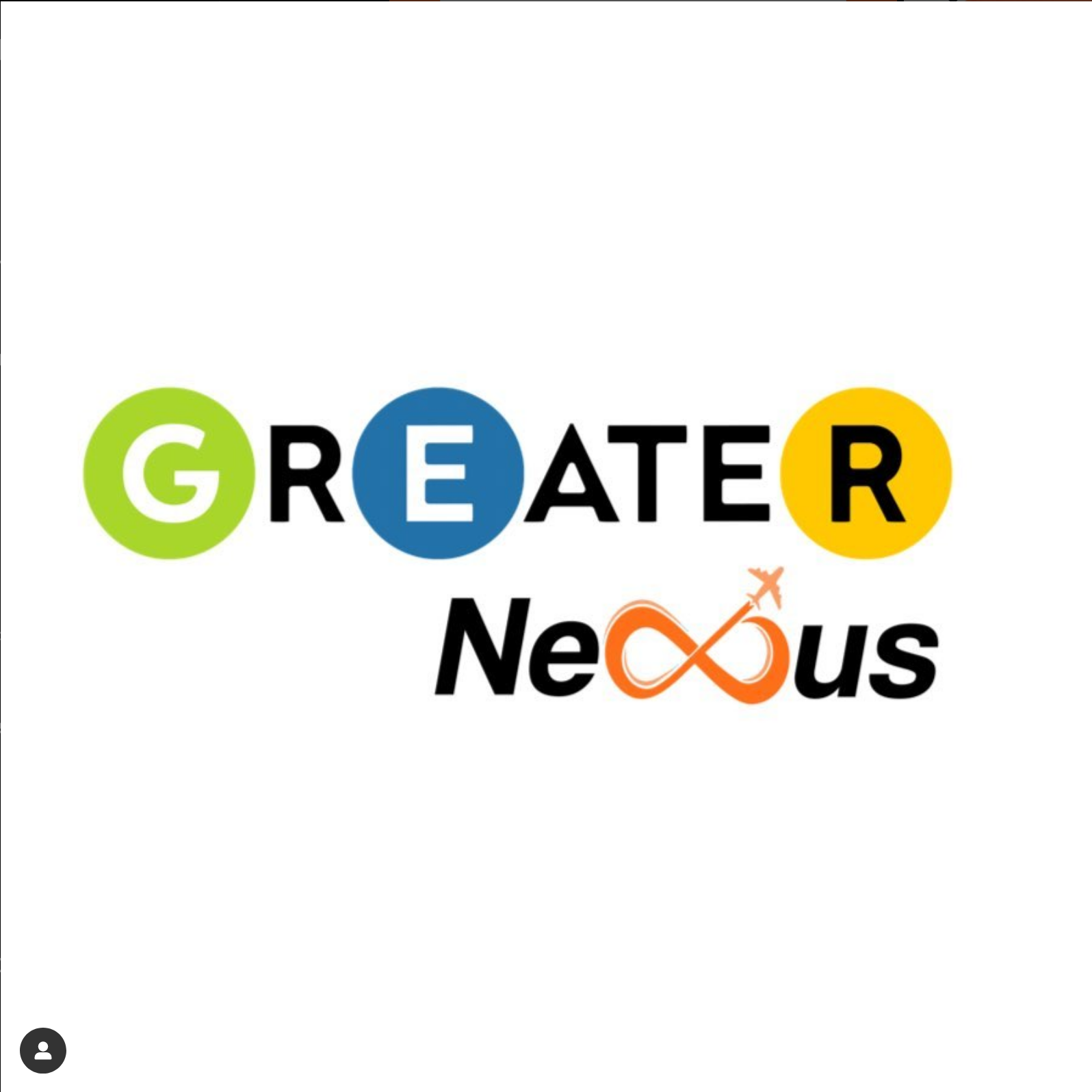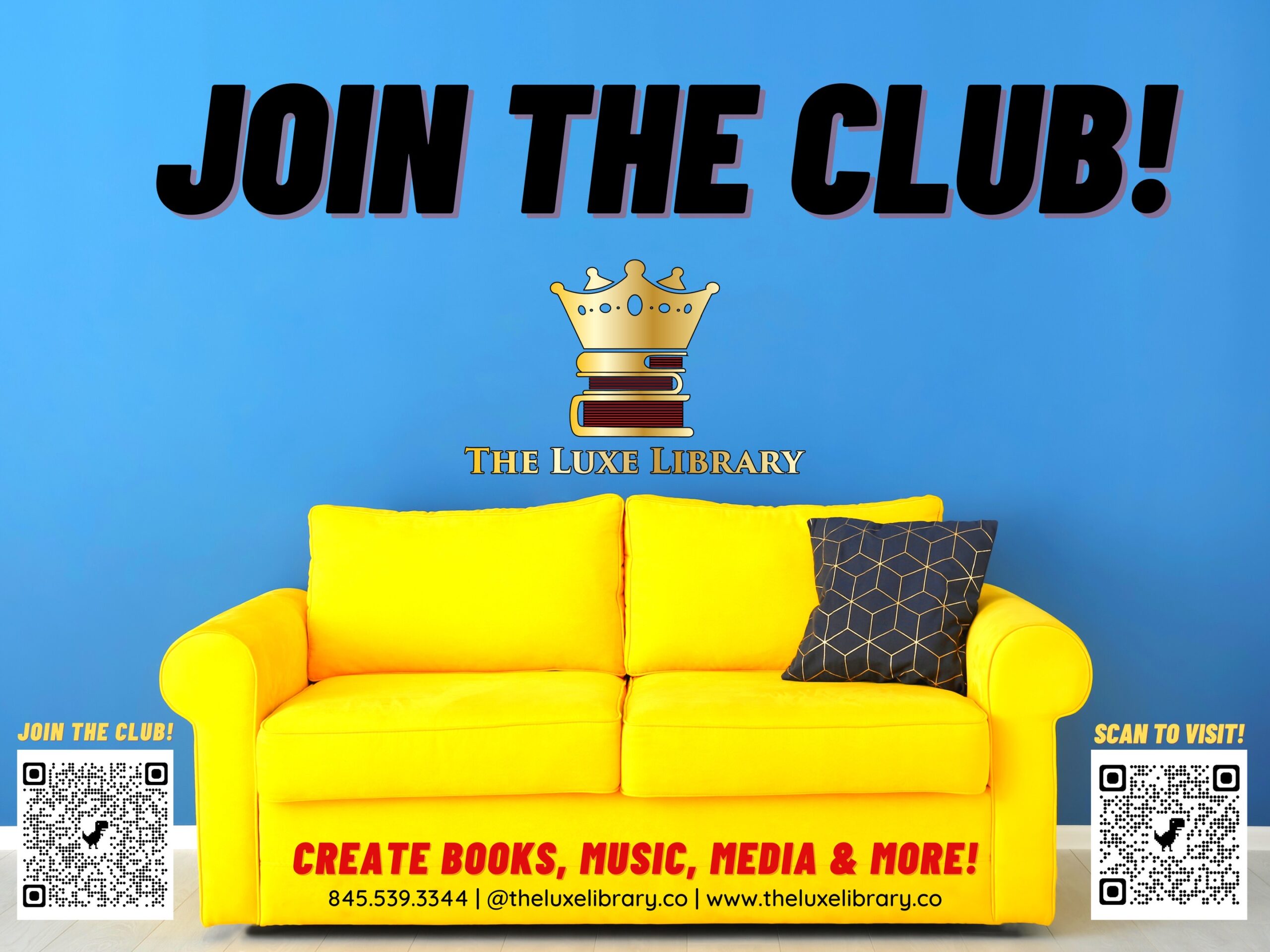Music has always been a universal language, bridging gaps between cultures and bringing people together. In the world of dancehall and reggae, few artists have managed to transcend generations and cultures quite like Beenie Man. I recently had the privilege of sitting down with the legendary “King of Dancehall” to discuss his career, the evolution of dancehall, and the power of music to unite people across borders.
The Enduring Legacy of Dancehall
Beenie Man’s career spans decades, and his impact on the genre is undeniable. As we chatted, it became clear that his longevity in the industry stems from a deep-rooted love for the music. “I love what I do endlessly,” he shared, emphasizing the importance of genuine passion in creating lasting success.
The Evolution of Dancehall Sound
As we discussed the changing landscape of dancehall, Beenie Man reflected on the differences between the 90s era and today’s sound. He noted that in the past, there was more unification in the music, with multiple artists creating songs on the same riddim. This approach fostered a sense of community and collaboration within the genre.
“You have 30 songs and one beat,” he reminisced, citing classic riddims like “Sleng Teng,” “Nanny Riddim,” and “Wicked Islam.” This unity in sound allowed for a diverse range of messages and styles within a cohesive musical framework.
Clashes: The Foundation of Dancehall
One aspect of dancehall that has remained constant throughout the years is the art of clashing. Beenie Man emphasized the importance of this tradition, stating, “Clashes are the foundation of the music.” He explained that while some may see clashes as divisive, they actually serve as a vital form of creative expression and competition that keeps the genre vibrant and exciting.
“You cannot kill the foundation of music,” he asserted, highlighting how clashes inspire innovation and push artists to elevate their craft. Whether it’s a DJ clash, sound clash, or artist clash, these musical battles continue to captivate audiences and drive the evolution of dancehall.
Bridging Cultures Through Music
Our conversation took an interesting turn as we discussed the growing relationship between dancehall and Afrobeats. Beenie Man expressed his appreciation for the way African artists have developed their own unique sound while still incorporating elements of Jamaican music.
“Africa is always the land of the music,” he said, acknowledging the continent’s rich musical heritage. “That’s where the drums come from. That’s where the dancing come from. That’s where we come from.”
This cross-cultural exchange is a testament to the unifying power of music. As dancehall continues to influence and be influenced by other genres, it creates a beautiful tapestry of sound that transcends geographical boundaries.
Bridging Cultures Through Music
Our conversation took an interesting turn as we discussed the growing relationship between dancehall and Afrobeats. Beenie Man expressed his appreciation for the way African artists have developed their own unique sound while still incorporating elements of Jamaican music.
“Africa is always the land of the music,” he said, acknowledging the continent’s rich musical heritage. “That’s where the drums come from. That’s where the dancing come from. That’s where we come from.”
This cross-cultural exchange is a testament to the unifying power of music. As dancehall continues to influence and be influenced by other genres, it creates a beautiful tapestry of sound that transcends geographical boundaries.
